Charcuterie Tales
Time to play catchup. Blake has been on the forefront of this curing business for awhile now and I just couldn’t stand back while he was slicing off hunks of his own fresh bacon and duck prosciutto . I picked up a duck and a pork belly and got to work.
It might seem a little redundant to document two projects that Blake has already covered, but in all fairness, these are different. I tried to learn from his mistakes and improve upon what commentators had pointed out. Though he had described his bacon as the “most awe-inspiring bacon I’ve ever eaten”, his duck prosciutto was “almost too gamey”. Perhaps my bacon could achieve those heights, and hopefully, my duck could be better.
I started with the duck. In a small baking dish just big enough to fit a duck breast, a poured 1/2 cup of kosher salt in, laid the duck breast on top, and poured another 1/2 cup on top to cover. I covered the dish with plastic wrap and stuck it in the fridge for one day.
This was a much simpler cure than Blake’s, as he had hinted that there might have been too much going on. The recipe came straight from Michael Ruhlman's Charcuterie . After a day I rinsed the salt off, patted it dry, sprinkled it with a little white pepper, and then wrapped it in one layer of cheesecloth. I hung it in the hallway on wine display that’s vacationing at my house. On to the pork.
Finding a pork belly in Columbus, Ohio turned out to be a hard task. I knew that the local chain grocers were unlikely to carry the cut, but some very respected butchers didn’t have it either (That includes Whole Foods, which really surprised me). I eventually had a to order a piece through Bluescreek Farm at the North Market, but it wasn’t without problems.
I wanted a piece with the skin on, as nearly every source called for finding. But to do so I’d have to buy an entire side of pork belly, which can weigh up to 10 pounds. That’s scary. For smaller pieces I’d have to get it with the skin removed. I have no business buying 10 pounds of anything, let alone a glorious piece of meat I could completely ruin. I knew the skin-on version was preferred, but figured I’d get by.
The piece looked fine, if a tad thinner than Blake’s “ Grocery Guy Approved ” cut . But I had my belly. It was time to proceed.
For the cure I went with Hugh Fearnley-Whittingstall’s version from the River Cottage Meat Book . It differed in many ways from Blake's, including the ingredients for the cure but also the aggressive curing. Because of the process, the meat would be ready to fry up in about 5 days instead of 8 to 15. Plus it
could cure in a plastic cooler in my cool stairwell. And when it’s done it can be wrapped in cheesecloth and hung up in that cool place to be used whenever needed. I dreamt of hanging a big hunk of pork on a hook, and retrieving it whenever I had the whim. How romantic.
The Dry Cure:
- 2/3 pound kosher salt
- 1 bay leaf
- 7 juniper berries
- 1/3 cup brown sugar
- 1 tablespoon black pepper, coarsely ground
I covered the pork belly with about 1 handful of the dry cure and stuck it in a bright red cooler.
I stashed the cooler in the stairwell leading upstairs to my apartment. The space is large enough to have decent airflow, closed off so it isn’t freezing, and definitely removed from the line of fire of the heater. I checked the temperature with my fun new digital instant read thermometer and it was right at 50 degrees.
Everyday I removed the bacon, poured out the liquid that had collected, patted the pork down with some paper towels, reapplied a new handful of the dry-cure, and set it back in the cooler.
It wasn’t until I removed the bacon for the last time when I noticed a severe lack of fat. I looked back at Blake’s post and noticed that the largest deposit of fat lies right next to the skin . This guy was incredibly thin and way off color. That latter attribute came from the lack of saltpeter which helps to prevent botulism and also keeps the meat nice and red. Hugh believed I wouldn't be getting sick because of all the salt, so I left it out. Appearance isn't everything, but didn't look near as appetizing as Blake's.
But even a rosy color couldn't have helped me with what happened next. When I attempted to fry up a slice of my own bacon it burned. To make matters worse, it was unpalatably salty. I know, it looks bad. It didn't taste very good, either.
I’ve learned to put it to other uses. It nicely infused a pot of red beans, and was a welcome addition to some pasta dishes. But my bacon was far from the glorious event that Blake described. The reasons were many, including the heavy salting which nearly left the meat inedible. I had to soak slices for nearly an hour to remove the excessive salt. That’s inconvenient.
But the main reason the bacon failed was the lack of fat. It is my completely unscientific conclusion that the reason people like bacon is that it is cooked in pork fat. Pork fat tastes good. Nearly everything tastes better when cooked in it. Somewhere in the 20th century people decided to start cooking things in vegetable oil and other bland scientific creations. But bacon is one of the only popular American foods that is cooked in pork fat. Mine didn’t have enough; that’s why it didn’t work.
I felt bummed for an entire day. My cured creation had basically failed and I what was left was a super salty hunk of pork. After a long day of work I slowly climbed pass the curing station and glanced upon the duck prosciutto, which I had completely forgotten. I squeezed the flesh to test the firmness, and it passed.
I ran upstairs, tossed it on the counter, unwrapped the cheesecloth, and laid the deep, dark, red piece of meat on the cutting board for examination. It didn’t look especially pretty, but it also didn’t appear rotten. I shaved off a slice and bit in.
Blake warned of gaminess and funky fat, but I had none of it. The delicious meat was a dead ringer for real pork based prosciutto, with that glorious fat coating every slice. This was a revelation. Even the fiance loved it.
Why had it worked? I think my stairway was a tad cooler than Blake’s, and I only hung it for 7 days instead of 10. The flesh was firm but not hard, so the fat and meat melted perfectly together when I bit in.
So I had just about the opposite luck as Blake, but it was fun to see why. Salting is a very confusing business at first, but completely worth it. I jumped back into the duck curing, and have two breasts hanging right now. I'll probably wait until I can get the right kind of pork belly before I start making bacon again, but I can't wait to try.
Bacon, Charcuterie, Curing, Duck, Duck, Duck Prosciutto, Homemade Bacon, Hugh Fearnley-Whittingstall, Michael Ruhlman, Pork

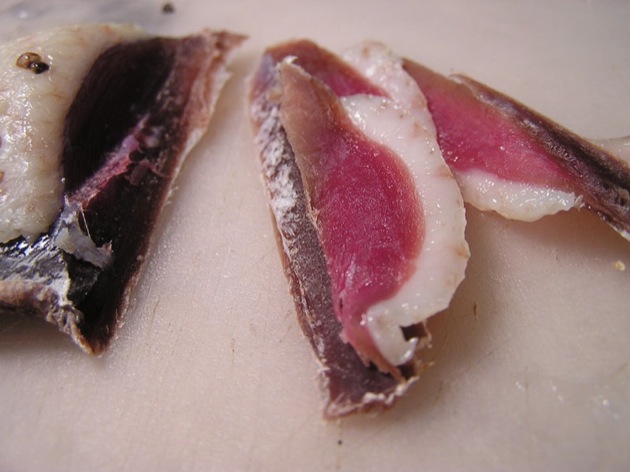
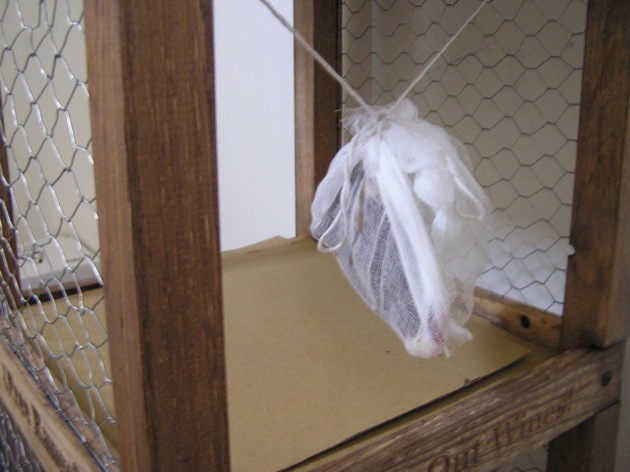
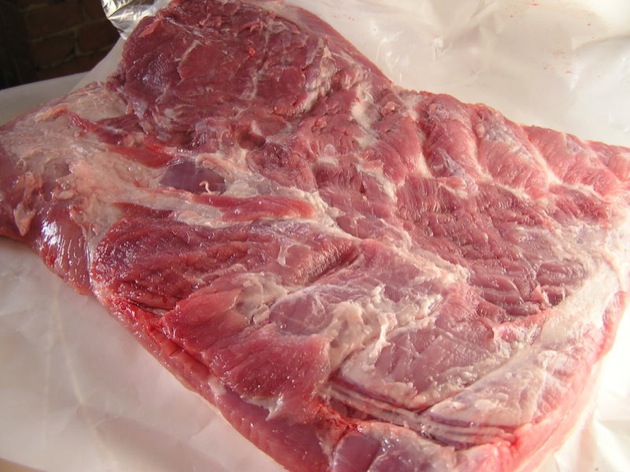
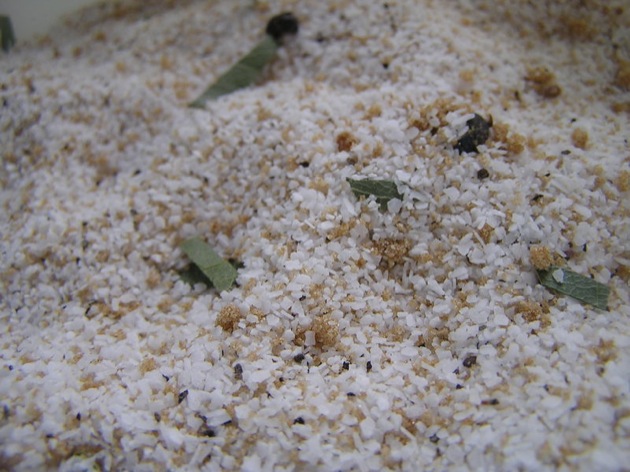
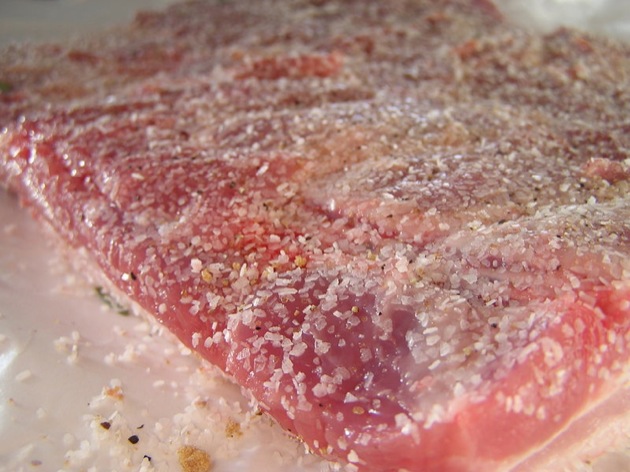
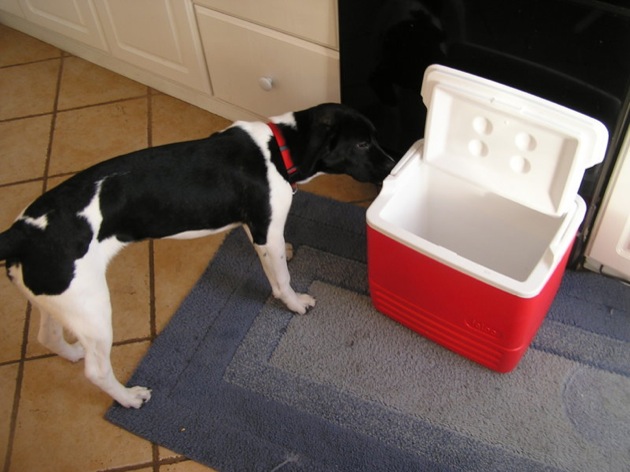
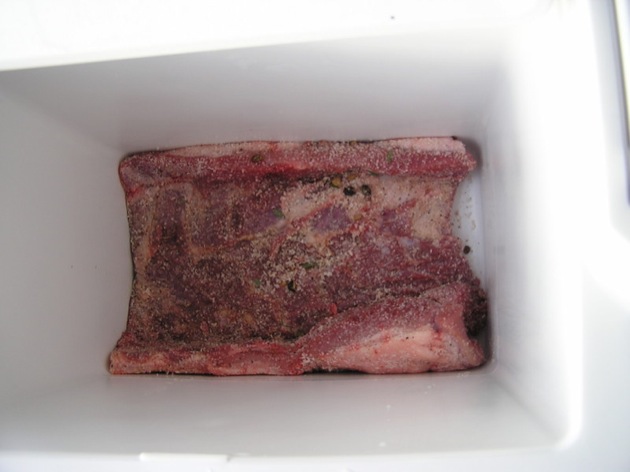
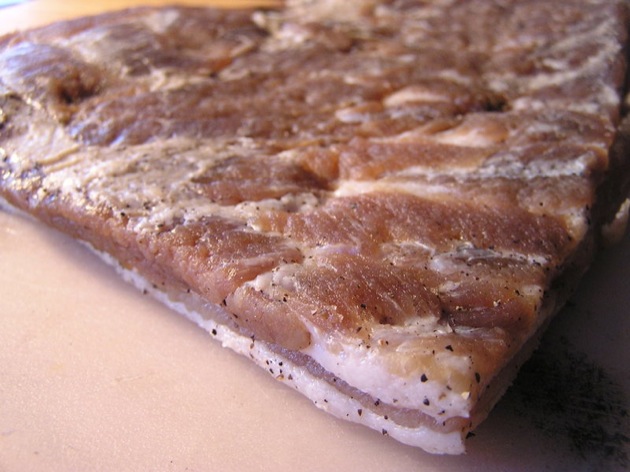
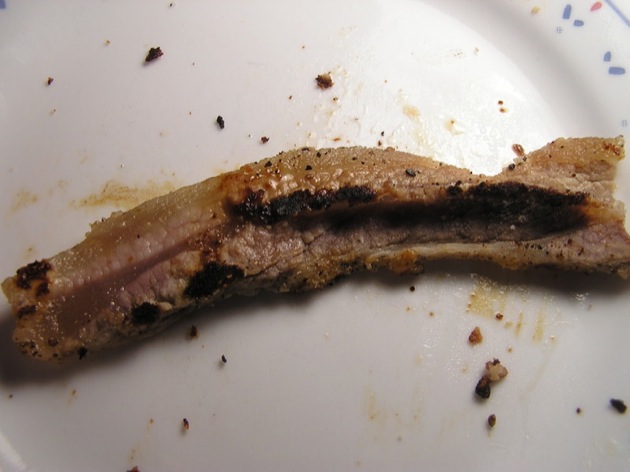
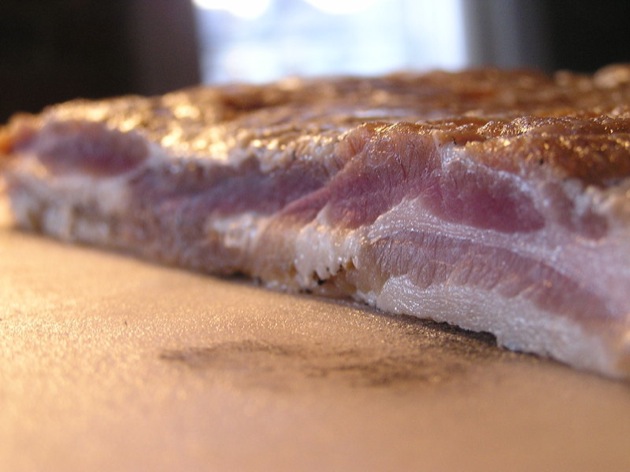
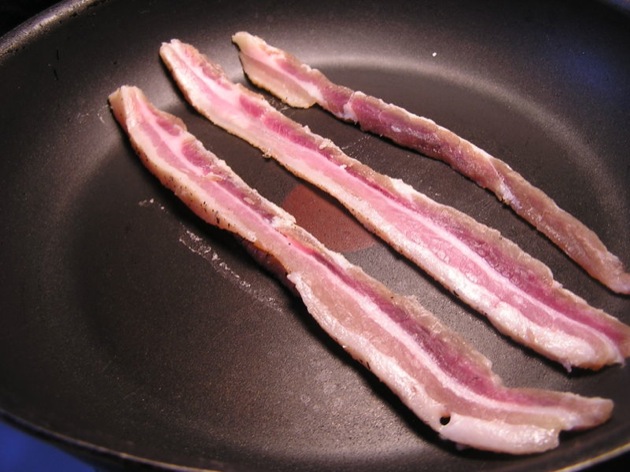
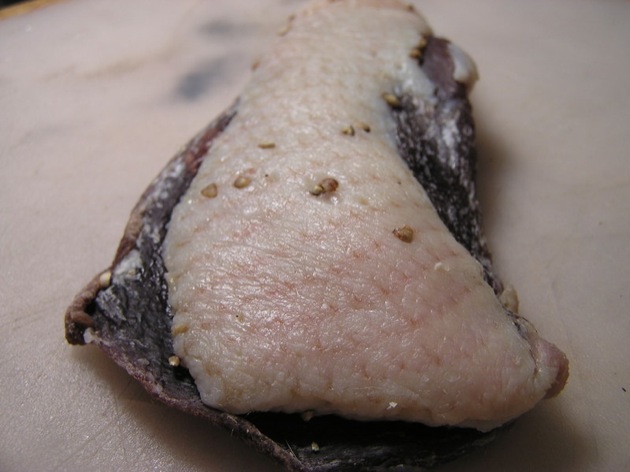
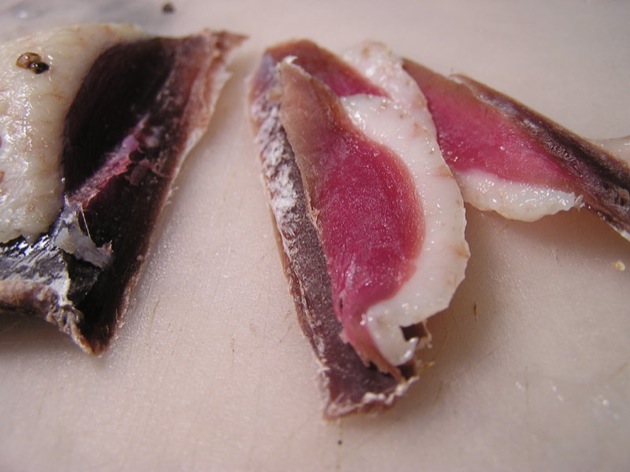
Comments:
Blog Comments powered by Disqus.